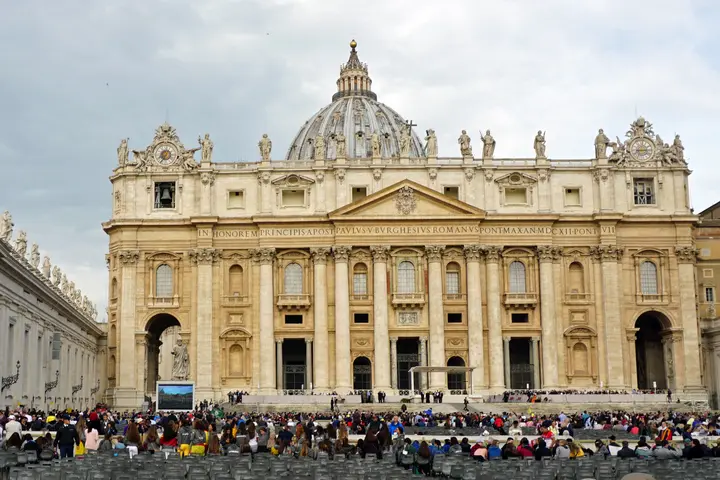Saint Peter’s Basilica
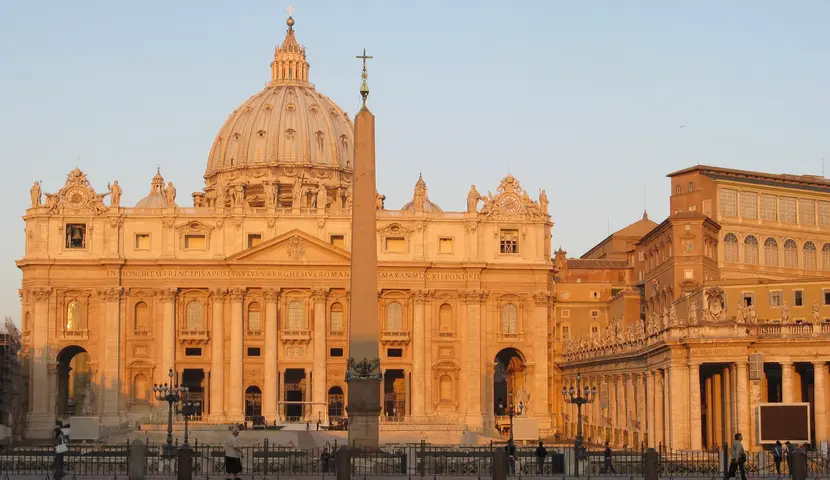
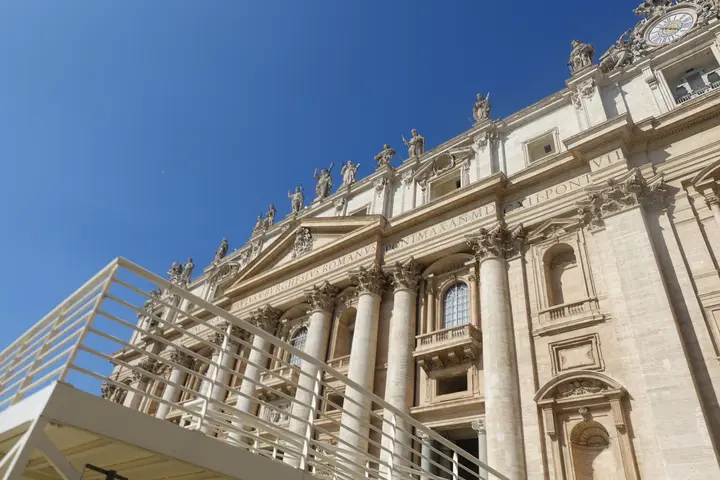
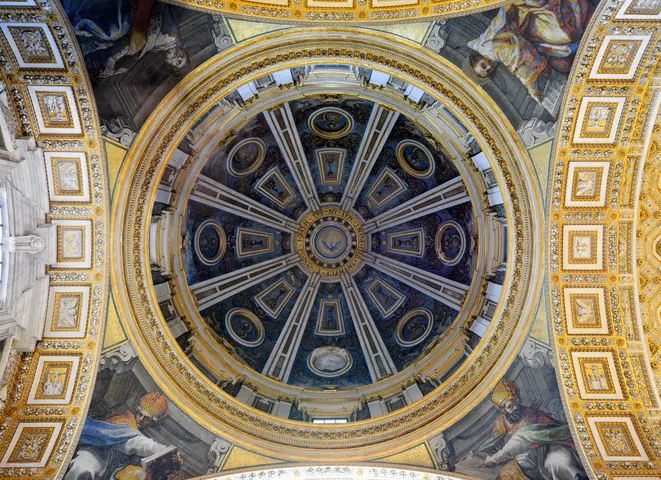
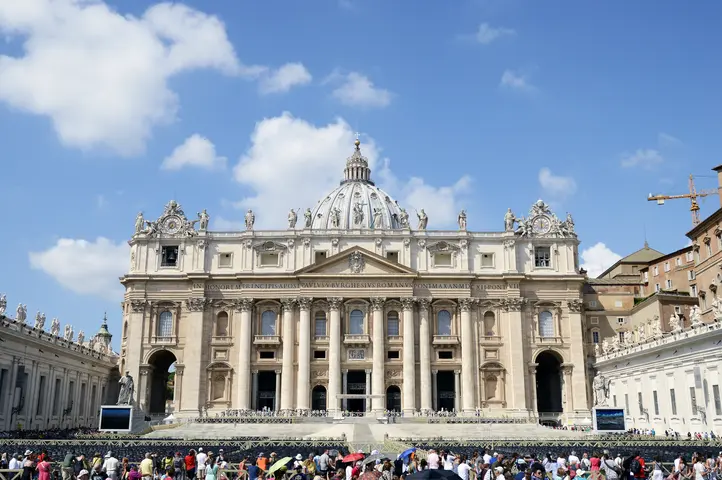
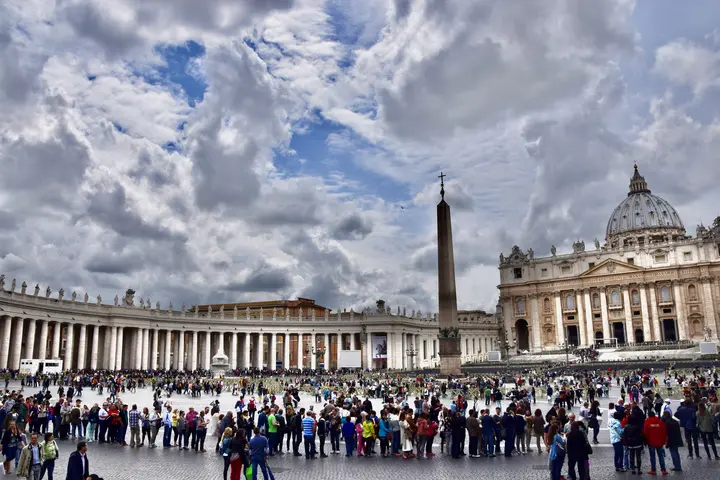
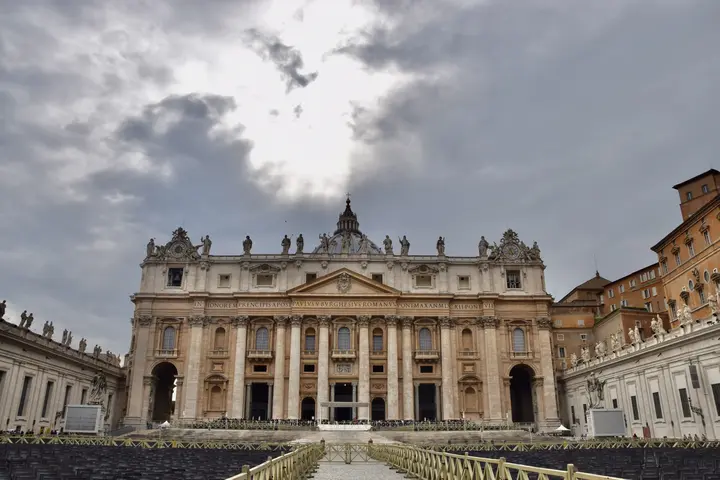
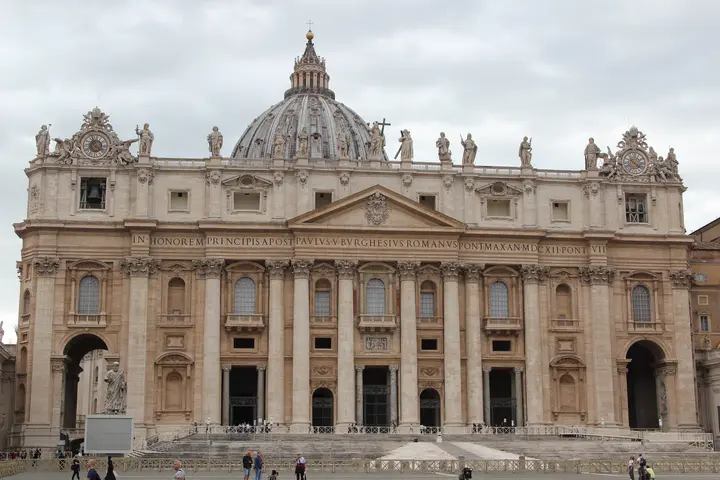
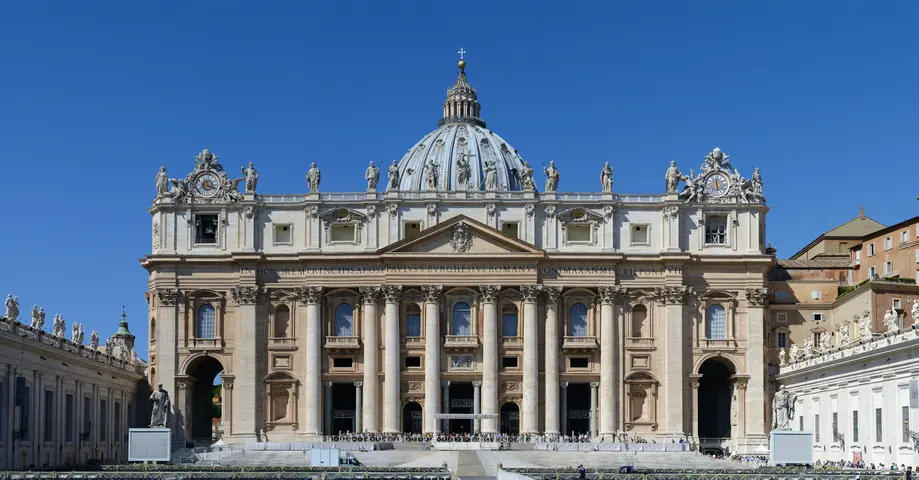
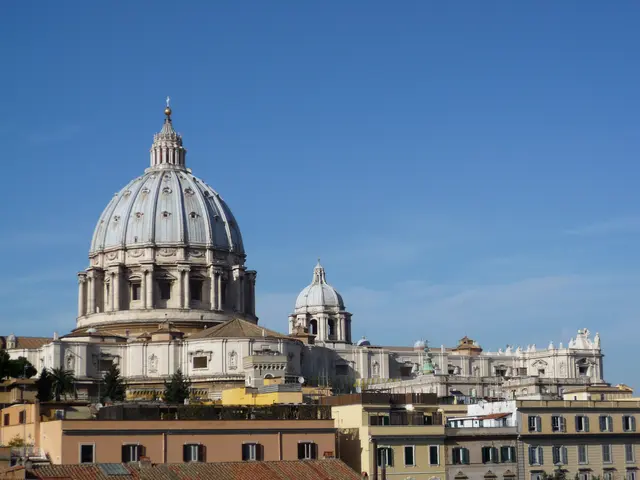
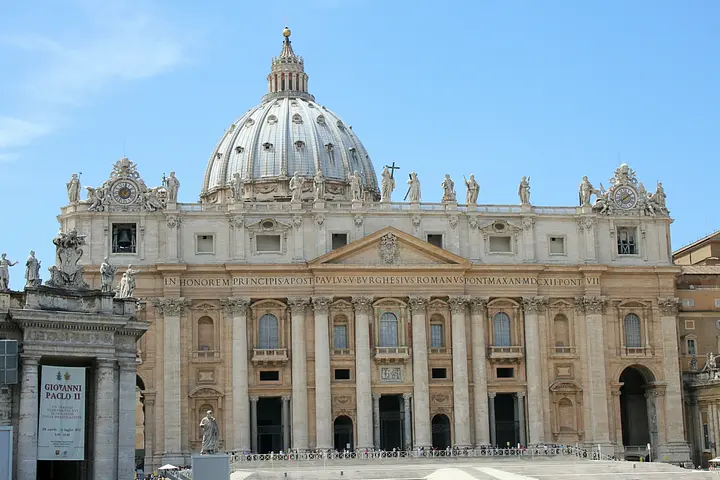
Introduction
St. Peter’s Basilica in Rome captures hearts as the world’s most celebrated Roman monument and triumphal arch of faith. From its massive dome to its storied piazza, every stone offers a story of hope, art, and human ingenuity. Join us as we explore the living history and enduring wonders of Saint Peter’s Basilica—a masterpiece where legend and daily life meet amidst the crowds of pilgrims and curious travelers.
Historic Highlights
⛪ Founding on Sacred Ground
St. Peter’s Basilica in Rome stands atop Vatican Hill, said to be the resting place of the Apostle Peter. Emperor Constantine began the original “house of all Catholics” around 326 AD, turning a marshy field—and the site of Peter’s martyrdom—into Christianity’s heart. Pilgrims, popes, and artists shaped its story, making it the epicenter of faith for over a thousand years.
“The house of all Catholics.”
— Medieval chronicler
🎨 Renaissance Ambition and Tumult
The dream of a ‘new’ St. Peter’s Basilica took off in 1506 when Pope Julius II laid its cornerstone. Renaissance giants like Bramante, Raphael, and Michelangelo reimagined church architecture, inspired by Roman monuments like the Pantheon. Michelangelo, in his 70s, famously declared he would “make Bramante’s Pantheon rise in the air,” engineering the basilica’s iconic dome. The project spanned 120 years and 22 popes, weathering religious upheaval sparked by the very sale of indulgences that Martin Luther protested.
“I serve St. Peter.”
— Michelangelo, on becoming chief architect
👷 Baroque Splendor and Local Legends
The 1600s brought Baroque flourish with Bernini’s baldacchino—a colossal bronze canopy above Peter’s tomb—and sweeping St. Peter’s Square. A lively tale recounts how sailor Benedetto Bresca saved the day during the Vatican Obelisk’s hoisting by shouting, “Water on the ropes!” His quick action—and resulting papal gratitude—still echo each Palm Sunday, when palms from his hometown adorn the square. Such stories weave the basilica into Rome’s folklore and family memory.
🛠️ Living Monument and Conservation
Today, St. Peter’s Basilica remains Rome’s towering triumphal arch—welcoming millions yearly. Restoration teams battle marble decay and foot-worn floors, while artisans quietly tend mosaics and bronze. The basilica’s enduring ‘living institution’ extends even to local workers, the Sanpietrini, whose families have cared for the site across generations. Its dome remains a symbol of hope from every Roman rooftop.
💡 Visitor Tip
Arrive early to climb the dome’s 551 steps—local legend says it guarantees your return to Rome!
Timeline & Context
Historical Timeline
- c. 64 AD – St. Peter martyred and said to be buried on Vatican Hill.
- 326 AD – Constantine’s Old St. Peter’s Basilica consecrated.
- 1506 – Cornerstone of New St. Peter’s Basilica laid by Pope Julius II.
- 1547 – Michelangelo named chief architect, reshapes the dome’s design.
- 1590 – Dome completed by Della Porta and Fontana.
- 1607–1614 – Maderno adds nave and façade.
- 1626 – Basilica consecrated by Pope Urban VIII.
- 1624–1667 – Bernini crafts the baldacchino and St. Peter’s Square.
- 1985–1986 – Major restoration of the façade.
- 2023–2025 – Full restoration of Bernini’s baldacchino underway.
From Ancient Tomb to Christian Center
St. Peter’s Basilica’s foundation is rooted in religious memory and Imperial ambition. Constantine’s original church, enshrining Peter’s grave, not only legitimized Christianity after centuries of persecution but also offered an anchor for advancing papal power once Rome became the symbolic heart of Christendom. Over centuries, the basilica accrued relics, papal tombs, and layers of spiritual significance, shaping Catholic liturgy and practice.
Renaissance and Baroque Transformations
Rebuilding St. Peter’s in the 16th and 17th centuries reflected both artistic innovation and historical crises. The Renaissance popes saw architecture as a form of ideological leadership, fusing the grandeur of Roman monuments (like the Pantheon) with Christian purpose. The basilica’s iterative design—from Bramante’s centralized vision to Michelangelo’s soaring yet harmonious dome to Maderno’s extended Latin cross—mirrored the shifting fortunes and strategies of the papacy as it responded to Protestant reform and internal needs for ceremonial space. Economic creativity (and controversy) abounded: the sale of indulgences financed construction, sparking Martin Luther’s protest and a continent-wide Reformation. The basilica thus catalyzed, and was shaped by, European religious history.
Artisans, Builders, and Social Innovation
Beneath the marble and gold, St. Peter’s functioned as an economic and social engine. The Fabbrica di San Pietro (Factory of St. Peter) institutionalized long-term planning, professionalized the workforce (including women artisans), and pioneered welfare and training for its laborers—unusual for the era. This fostered a living guild of Sanpietrini whose stewardship continues. Integration of technical expertise (like double-shell dome engineering) and artistic excellence placed the basilica at the center of Renaissance and Baroque cultural revolutions, influencing church architecture worldwide.
Civic Pride and Political Theater
St. Peter’s has been a site for imperial coronations, papal declarations, and local celebration—serving as Rome’s ceremonial axis through centuries of turbulence, from the rise and fall of empires to world wars. It was a “stage” for the Catholic Counter-Reformation and a beacon during Rome’s darkest hours, strengthening its civic identity. The creation of Via della Conciliazione in the 20th century physically and symbolically connected St. Peter’s to modern Rome, asserting the Vatican’s new diplomatic stature after Italian unification.
Conservation and Modern Engagement
The basilica’s conservation exemplifies both tradition and technological adaptation. Environmental threats (weathering, pollution) provoke continual upkeep—mosaics, stone, and bronze are preserved through combined artisan skill and scientific innovation. UNESCO recognition and digital mapping (including an AI-driven 3D model) now support long-term stewardship. The basilica functions as a ‘living monument,’ balancing spiritual practice, civic function, and tourism.
Comparative Impact
Compared to St. John Lateran and the Pantheon, St. Peter’s Basilica integrates ancient grandeur, Renaissance rationality, and Baroque emotion into a singular landmark. Its dome rivals the Pantheon’s as a feat of engineering, yet rises higher to symbolize the Church’s reach. Where Lateran embodies tradition, St. Peter’s projects innovation and unity. Consequently, the basilica is not just a religious or artistic achievement, but a touchstone of Roman identity and Western cultural history, with continuity and reinvention at its core.
